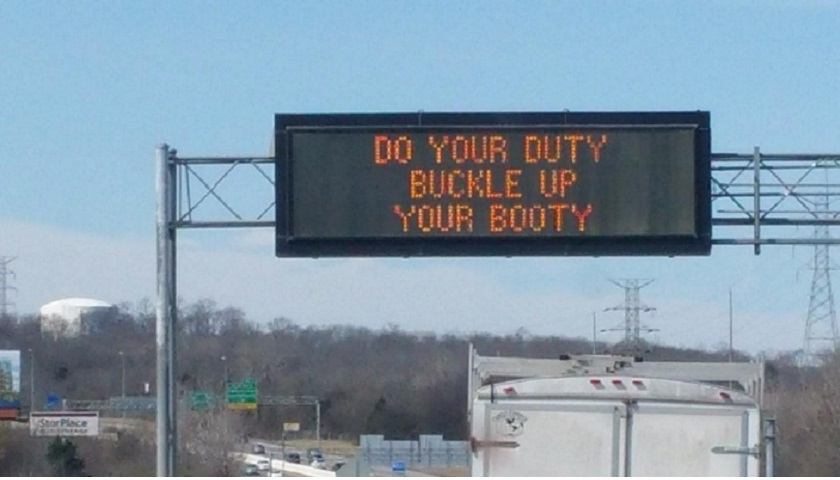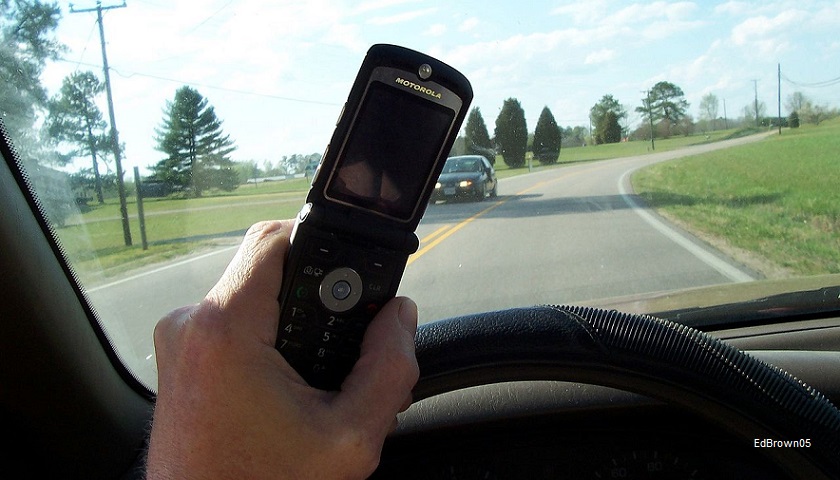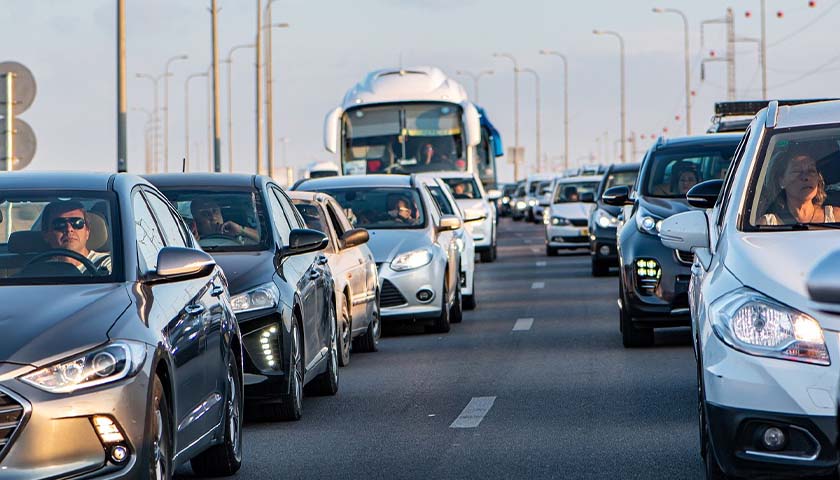The Tennessee Department of Transportation (TDOT) has identified 15 projects in a budget category best described as “distracted driver programs” that will cost $46.4 million, part of the 962 total statewide transportation projects it has scheduled over the next 12 years at a total cost of $10.5 billion.
All these projects will be built, TDOT says, provided the governor’s IMPROVE Act, which contains four state tax increases, including a 7-cent gas tax, a 12-cent diesel tax, $5 on motor vehicle registrations and 3 percent on rental cars, becomes law.

The department categorized the 962 IMPROVE Act projects into eight program types: Interstate Modernization, Primary Trade Corridors, Rural Access, Safety, Urban Economic Opportunity, Highway and Facility Maintenance, Technology/Intelligent Transportation System, Local Bridges.
“Through this process we have made decisions to include only ‘needs’ vs. ‘wants,’ ” Commissioner John Schroer said at the conclusion of the TDOT budget presentation for FY 2017-18.
Among these ‘needs’ are the $46.4 million of projects within the “Technology/Intelligent Transportation System” category that is probably better described as “distracted driver programs.”

According to SPOT, a TDOT interactive page (short for Statewide Project Overview Tracker), the program type “Technology/Intelligent Transportation System . . . [includes] TDOT’s cameras, overhead signs, HELP Program and other technologies designed to maximize the efficiency of Tennessee’s transportation system.”
A number of studies have shown that distracted driver crashes are an increasing problem.
“The number of crashes identified by the Tennessee Department of Safety and Homeland Security as distraction-related is staggering … and probably understated,” Don Lindsey, Tennessee Public Affairs Director for AAA – The Auto Club Group, told WVLT in April.
Statewide, there were 24,743 distracted driver traffic crashes in 2016, up 7.7 percent over 2015 and up 134 percent since 2006, according to the Tennessee Department of Safety and Homeland Security.

“The average percentage, across all states, of fatal crashes as involving driver cell phone use was 1.2 percent in both 2010 and 2011. The range across the states was 0 percent to 7.4 percent in 2010, and 0 to 10.6 percent in 2011,” the National Safety Council (NSC) reported, citing the most recent years for which fatal crash data is available.
Tennessee topped the list in both 2010 and 2011, and those percentages were more than double that of the next highest of 3.2 in Vermont in 2010 and 4.5 in D.C. in 2011. NSC research found that Tennessee reported the highest number of fatal crashes involving cells phones with 71 in 2010 and 93 in 2011.
The NSC findings indicate a substantial under-reporting of cell phone involvement in fatal crashes.
Tennessee has the worst record of all 50 states for fatal crashes involving cell phones.
“The lasting effects of mental distraction pose a hidden and pervasive danger that would likely come as a surprise to most drivers,” Peter Kissinger, President and CEO of the AAA Foundation for Traffic Safety, told the AAA Newsroom in 2015.
“The results indicate that motorists could miss stop signs, pedestrians and other vehicles while the mind is readjusting to the task of driving,” Kissinger concluded.






[…] project list is $46 million for “Intelligent Transportation System,” otherwise known as “distracted driver programs,” with overhead LED messaging signs and cameras. Also included in the current project list is […]
[…] As previously reported by The Tennessee Star, the “Intelligent Transportation System” category refers to the cameras and overhead LED signage, otherwise known as “distracted driver programs.” […]
[…] 15 that will be dedicated to “Intelligent Transportation Systems,” perhaps better known as distracted driver programs at a cost of $46 million, as The Tennessee Star reported […]
Want to stop distracted driving once and for all? Make it a criminal offense, not a ticketable offense. Stop, arrest, and impound. Make it an event the offender will not want to repeat, if you’re really serious about saving lives.